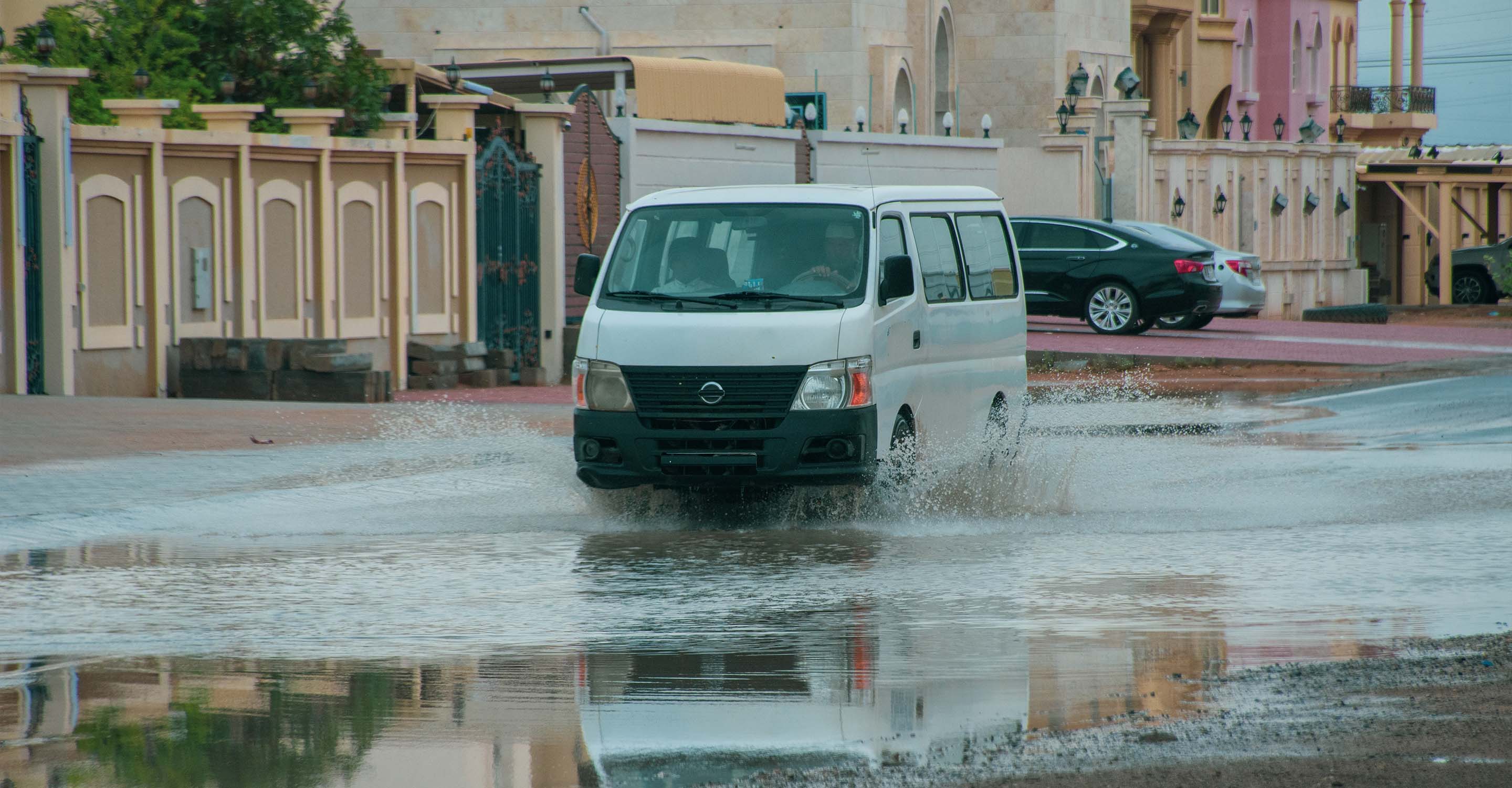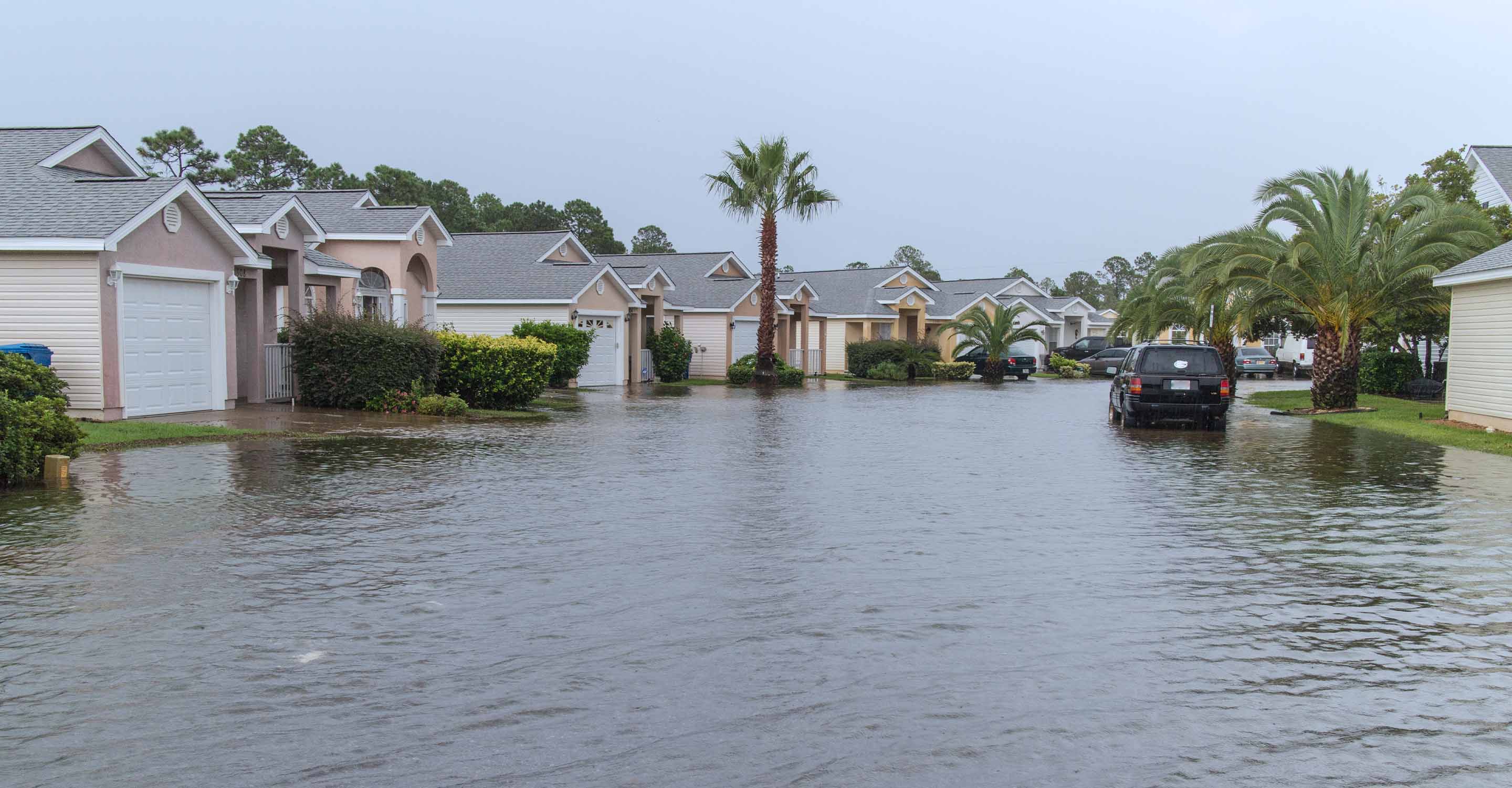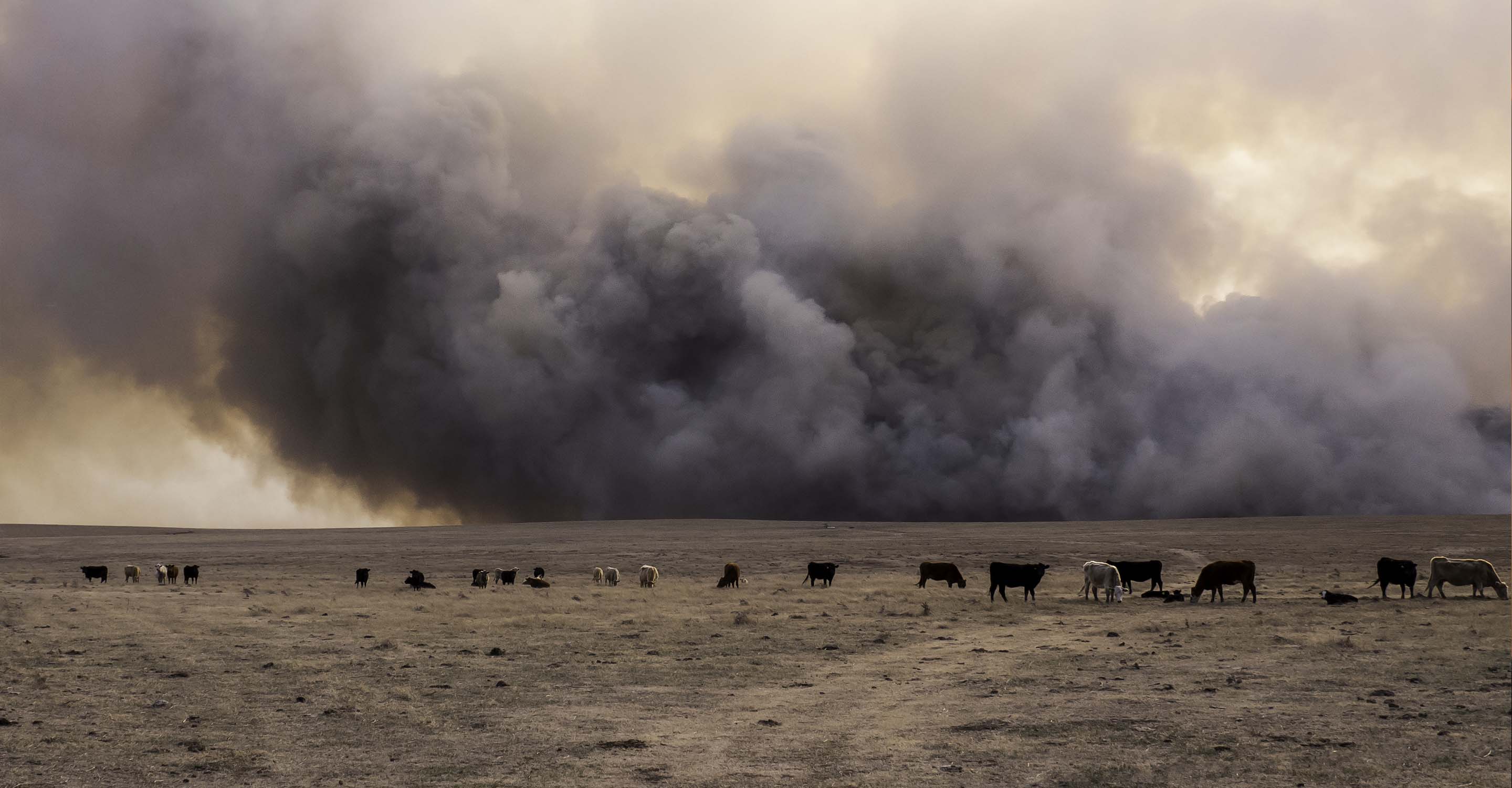Louisville air quality map
Live air pollution map of Louisville
2.2K people follow this city
Full screen
Contributors
5
Stations
9
Contributors category
1
Government
0
Non-profit organization
0
Educational
0
Corporate
1
Individual
3
Anonymous
Most polluted air quality stations
| # | station | US AQI |
|---|---|---|
| 1 | Watson Lane Elementary School, Valley Station | 25 |
| 2 | Carrithers Middle School | 22 |
| 3 | Maple Lane - AirVisual | 21 |
| 4 | Firearms Training | 20 |
| 5 | Cannons Lane | 16 |
| 6 | Clifton Heights | 16 |
| 7 | Durrett Lane Near Road Site | 15 |
| 8 | Rock Bay Drive | 10 |
| 9 | 110 State St | 9 |
Health Recommendations
| Enjoy outdoor activities | |
| Open your windows to bring clean, fresh air indoors GET A MONITOR |
community highlight
Louisville most followed contributors
Become a contributor
Get an AirVisual Outdoor and contribute to collecting millions of data points for the Louisville map to track local air pollution
Understand air pollution and protect yourself
Louisville MAP AIR QUALITY ANALYSIS AND STATISTICS
Is there much interesting information about air quality on the air pollution map for Louisville?
There is a wealth of information about air quality on the air pollution map for Louisville which is very easy to access from the main city page. The map icon will be near the top of this main page and selecting it will open a new page which is filled with all the relevant information about air quality.
When the page first opens, the viewer will see an overall colouration of the map which is a direct reflection of the air quality at that time. The colours can range from pale green through to dark maroon where the darker colours indicate worsening air quality. These colours are standard throughout the IQAir website to avoid confusion. Over Christmas 2022, the map was green which indicated that the air quality was “Good”. There are also several coloured discs scattered across the map which represent the locations of the ground-level air quality monitoring stations. Each of these discs can be individually selected and a new page will open which is dedicated to the condition of the air in that part of the city.
These discs display a number at their centre which is the United States Air Quality Index reading or US AQI for short. This is calculated by taking measurements of six of the most commonly found pollutants in city air. Once established it can be used as a standard when comparing air quality between different cities across the world. It is endorsed by the World Health Organisation (WHO).
Looking back to the main city page, it can be seen in the coloured banner at the top of the page that Louisville was enjoying a period of “Good” quality air with a US AQI reading of just 5. The main pollutant was PM2.5 with a recorded level of 1.3 µg/m³ which is well within the suggested target figure of 5 µg/m³, as recommended by the WHO.
Scrolling just below the air pollution map for Louisville can be seen the number of contributors there are who supply the data about air quality and the number of stations they operate. There are currently two contributors who operate and control six stations in Louisville. One of them is the government department of the Louisville Air Pollution Control District (Louisville APCD) whilst the other one prefers to remain anonymous.
Can any more information about air quality be seen on the air pollution map for Louisville?
There is a lot more information to be gleaned from the air pollution map for Louisville, but the page needs to be viewed at maximum size to be able to see all that there is. This is very easy to do by selecting the icon at the top right of the page.
When viewed in this way, a list of four choices will be seen on the left-hand side of the screen. These can all be turned on or off to get a better idea of the effect each one has on the map.
The first option shows the location of the ground-level monitoring stations as seen by the use of coloured discs. Each of these can be selected which will encourage another page to open with detailed information about that area of the city. The second option shows the location of any wildfires that might be burning in the vicinity. At Christmas 2022 there were no reports of fires burning out of control. If there were, then option number four needs to be consulted because it shows the speed and direction of the prevailing winds and will give an indication of where the smoke might blow.
The third option changes the background colour of the map to reflect the current air quality. Some viewers may find this a little confusing, in which case it can be deactivated and the colour will revert to a more subdued palette.
There is more interesting information on the right-hand side of the page. Here can be found a table which ranks the world cities according to their levels of pollution. Only the top seven are shown by default but the rest of the participating cities can be seen by exploring the full ranking section.
Can areas of high pollution be identified on the air quality map for Louisville?
These areas can be identified by looking for the disc with the highest number and/or the darkest colour. Or, by scrolling just below the map can be seen a list which shows all of the stations and their levels of pollution in descending order. The most polluted station over Christmas 2022 was at the Durrett Lane Near Road Site which displayed a US AQI reading of 44 which is still classified as being “Good”.
The next list on the page shows the popularity of the stations and the number of loyal followers they each have. Currently, the most popular one is at Cannons Lane with over 2,500 followers.
Is the source of the polluted air shown on the air quality map for Louisville?
Whilst the source of the polluted air is not shown directly on the air quality map for Louisville, it is known that mobile sources such as cars, buses, aeroplanes, lorries and trains are major contributors to air pollution in the city and its environs. Stationary sources such as power plants, oil refineries, industrial facilities and factories also contribute as do area sources such as agricultural areas and wood burning domestic fireplaces. Combustion of fossil fuels in power plants and industrial facilities is the largest source of sulphur dioxide emissions.
How dangerous is PM2.5 as seen on the air pollution map for Louisville?
Particulate Matter or PM2.5 can travel deep into the respiratory tract, reaching the alveoli. Exposure to these fine particles can cause detrimental short-term health effects such as eye, nose, throat and lung irritation, coughing, sneezing, runny nose and shortness of breath. Exposure to fine particles can also exacerbate the function of the lungs and worsen pre-existing medical conditions such as asthma and heart disease. Scientific studies have linked increases in daily PM2.5 exposure with increased respiratory and cardiovascular hospital admissions, visits to the doctor’s surgery and even premature deaths.
Studies also show that long term exposure to fine particulate matter is associated with increased rates of chronic bronchitis, reduced lung function and increased mortality from lung cancer and heart disease. People with breathing and heart problems, children and the elderly may be particularly sensitive to PM2.5.
Louisville air quality data attribution
5Contributors
Government Contributor
- buffalo39820
1 station
Individual Contributor
 3 Anonymous contributors
3 Anonymous contributors3 stations
3 Anonymous Contributors








